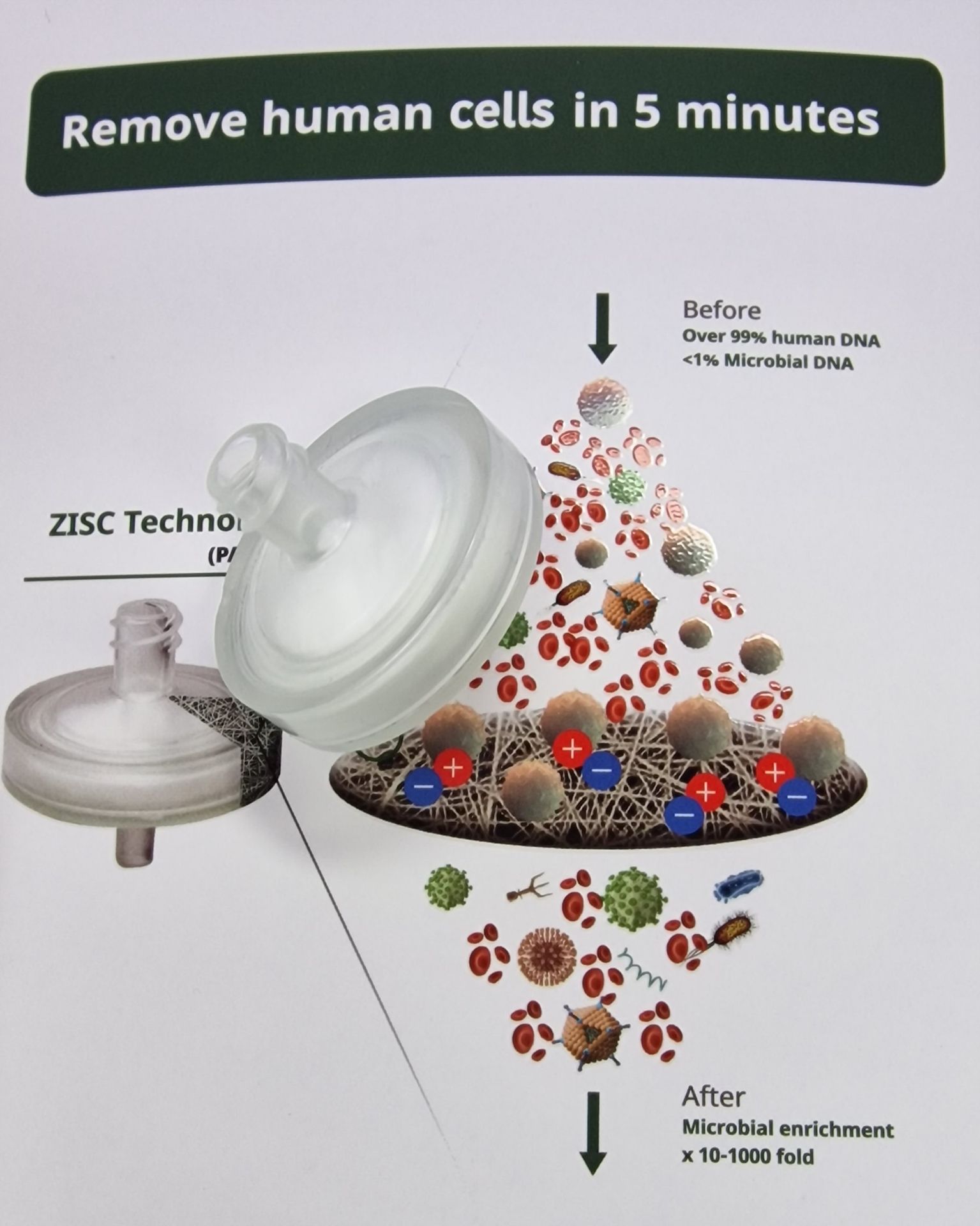mNGS in clinical microbiology laboratories:
PaRTI-Seq™ Pathogen Real-Time Identification by Sequencing
mNGS (metagenomic next-generation sequencing) has gained significant interest and is being increasingly adopted in clinical microbiology laboratories.
It offers several advantages over traditional culture-based methods and targeted PCR assays in the diagnosis and characterization of infectious diseases.
PaRTI-Seq™ (Pathogen Real-Time Identification by Sequencing) is a sequencing-based method specifically designed for rapid and accurate identification of pathogens. It combines the power of metagenomic sequencing with real-time data analysis to provide timely and actionable results.
The PaRTI-Seq™ workflow involves several key steps:
Sample collection and preparation: The relevant clinical sample, such as blood, respiratory secretions, or tissue, is collected from the patient. The sample may undergo initial processing, such as homogenization or filtration, to remove debris or host DNA/RNA using a host depletion by microbrane filters:
Devin™️Fractionation Syringe Filter 
Nucleic acid extraction: The genetic material (DNA or RNA) of the pathogens present in the sample is extracted using suitable extraction protocols.
This step aims to isolate and concentrate the pathogen nucleic acids for subsequent sequencing using
Library preparation and sequencing: The extracted nucleic acids are subjected to library preparation, where adapters are added to the fragments to facilitate sequencing.
Next-generation sequencing technologies, such as Illumina or Ion Torrent, are employed to sequence the libraries.
Real-time data analysis: PaRTI-Seq™ employs sophisticated bioinformatics algorithms and analysis pipelines to process the sequencing data in real-time. The generated reads are compared against comprehensive databases of known pathogens, enabling rapid identification of the causative agent(s).
Pathogen identification and reporting: Based on the results of the real-time analysis, the identified pathogens are reported to the healthcare provider. The report includes information on the species or strains detected, along with relevant antimicrobial resistance profiles, if applicable.